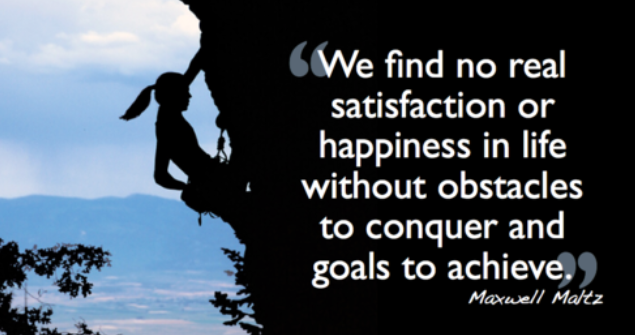Designing a solution takes time, mental power, and effort. To engineers and tech people this is obvious when talking about physical reality. Building a new product or solution you start by analyzing what you are trying to accomplish. Then you you research and design the new product to meet those specifications. Finally you convert those designs into a set of processes that build and deliver the needed solution in an efficient manner.
Scientists, engineers, and tech people are good at this sort of work. Unfortunately, it is not just THINGS that need to be created.
In fact, I don’t know about you but on the technical projects I work on, problems are about people as much as about things. Human solutions are generally necessary before engineering solutions will actually work.
Think about the people issues you have to deal with every day.
- Bosses that never listen to your good ideas, or
- executives who randomly change the goal or interrupt the project or
- make promises to customers with deadlines that no one could keep.
- Subordinates that want to “fix” things without understanding why you’ve done it this way for the past 6 years. Or
- bosses who don’t know how to let go, who hover over you or nit-pic constantly so that you don’t have a chance to do your job. Or on the other hand
- bosses that you only hear from when things go wrong.
Individual contributing engineers and techies tend to be passive responders. But leading technical teams means looking around at what needs to be done and taking a proactive action to move the team and the organization forward through solutions to these problems, toward the goals that it doesn’t even know it has yet. And that means selling those ideas to others.
Do you know how to do people engineering? Can you elaborate the technical specifications (values) of your top team members? Do you recognize their process tolerances? How often do you need to run quality assurance samples on your best colleagues, and the least experienced?
People are not really machines. But they are systems with consistent patterns of inputs and outputs. You can learn to engineer people systems, but you have to adopt variation control procedures and feedforward mechanisms. Otherwise people systems go chaotic.
Making the change from individual technical contributor to team leader starts with upgrading yourself. Take a hard look at what you do and do not understand about leadership. Now is the time. There are skills, behaviors, distinctions, and ways of measuring performance in dealing with people just as there are in engineering and technical individual contributor roles. Be honest with yourself. You went to school to get the basic ideas and vocabulary of engineering, science, and technology. But you have learned your profession on the job. Self study can take you a long way when you are ready to learn how to lead others.
A Call For Honest Conversation
I would like to hear from you what differences you have noticed between engineering systems and engineering people. What is similar? What is different and difficult?
If you want to learn then you are going to have to be honest and admit what works and what doesn’t yet work for you. Let me hear your thoughts.



